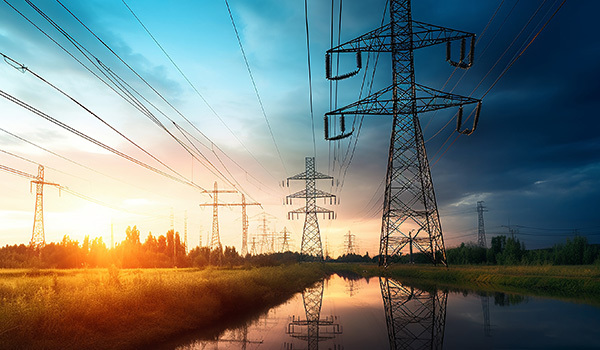What are the requirements for installing a high-voltage vacuum contactor?
Publish Time:
2023-07-05
Source:
Tongyi Xiguang
Ensure sufficient safety clearance around the high-voltage vacuum contactor, based on its rated voltage and insulation level. This will help prevent arcing, electric shock, and other safety hazards.
Installing a high-voltage vacuum contactor requires meeting the following requirements:
1. Safe Distance: Based on the rated voltage and insulation level of the high-voltage vacuum contactor, ensure sufficient safety distance around it. This will help prevent arc discharge, electric shock, and other safety hazards.
2. Appropriate Installation Location: Choose a suitable installation location to ensure the high-voltage vacuum contactor is firmly and stably installed and easy to operate and maintain. Avoid installing it near humid areas, corrosive gases, or flammable materials.
3. Good Ventilation: Provide good ventilation for the high-voltage vacuum contactor to maintain its normal operating temperature and dissipate heat. Ensure that ventilation openings are not blocked to prevent overheating and performance issues.
4. Correct Wiring: According to the wiring diagram and operating manual of the high-voltage vacuum contactor, correctly connect the power and load lines. Ensure that the wiring is firm, correct, and complies with relevant safety standards and regulations.
5. Insulation Protection: When installing a high-voltage vacuum contactor, ensure that the insulating materials and insulation layers are intact to prevent leakage current and arc discharge. Eliminate factors that may damage the insulation, such as sharp objects and moisture.
6. Enclosure Grounding: Connect the metal enclosure of the high-voltage vacuum contactor to a reliable grounding system to reduce electrostatic accumulation and prevent electric shock. The grounding wire should comply with relevant safety standards and regulations.
7. Regular Inspection: Regularly inspect the installed high-voltage vacuum contactor, including checking for loose wiring, intact insulation, and unobstructed ventilation. If any abnormalities are found, take measures to repair or replace them in time.
Please note that the above requirements are for reference only. Specific installation requirements may vary depending on the model and brand of the high-voltage vacuum contactor. Before installation, please carefully read and understand the operating manual and strictly follow the installation instructions and relevant regulations provided by the manufacturer.
Related
Types and Selection Guide for Air Contactors
2025-07-01
High-pressure vacuum contactor
2024-09-14
Structure and Design of Vacuum Contactors
2024-03-16
How to use a high-voltage vacuum contactor
2023-08-08
Contact Number:+8613623894894
Contact Number:+8615136360288
Email:13623894894@126.com
Address: No. 1, High-tech Road, Hebin Street Office, Yichuan County, Luoyang City, Intelligent Equipment Industrial Park
COOKIES
Our website uses cookies and similar technologies to personalize the advertising shown to you and to help you get the best experience on our website. For more information, see our Privacy & Cookie Policy
COOKIES
Our website uses cookies and similar technologies to personalize the advertising shown to you and to help you get the best experience on our website. For more information, see our Privacy & Cookie Policy
These cookies are necessary for basic functions such as payment. Standard cookies cannot be turned off and do not store any of your information.
These cookies collect information, such as how many people are using our site or which pages are popular, to help us improve the customer experience. Turning these cookies off will mean we can't collect information to improve your experience.
These cookies enable the website to provide enhanced functionality and personalization. They may be set by us or by third-party providers whose services we have added to our pages. If you do not allow these cookies, some or all of these services may not function properly.
These cookies help us understand what you are interested in so that we can show you relevant advertising on other websites. Turning these cookies off will mean we are unable to show you any personalized advertising.
Copyright © Luoyang Tongyi Xiguang Electric Co., Ltd. This site supports IPV6







